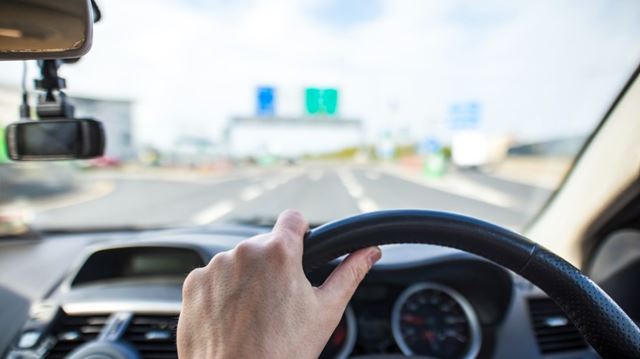
While there’s little we can do to lower the spiralling cost of fuel, small changes to the way we drive can have a big impact on both fuel economy and your wallet
There’s plenty of lively debate around the subject of how best to drive economically, and lots of erroneous information out there too.
With this in mind, we’ve sorted the wheat from the chaff to bring you this myth-busting list of tips that are scientifically proven to increase your mpg and turn you into a hypermiling hero. So, whether it’s by ditching drag, embracing high-gear driving or simply by easing off the accelerator, with these small changes you’ll be paying less at the pump in no time…
Drive smoothly and anticipate
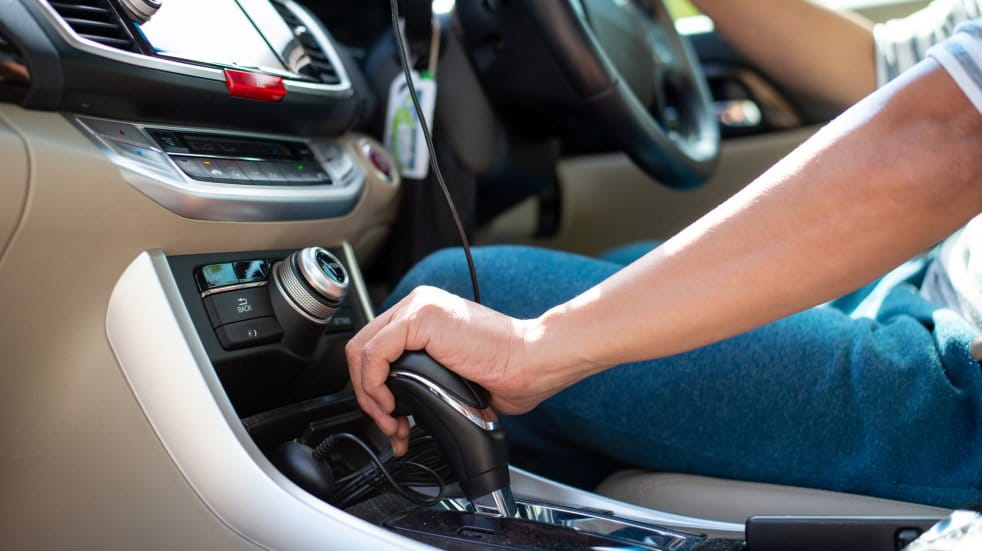
The key to maximising fuel efficiency is to keep the car moving at its optimal speed without any harsh braking or accelerating. This means driving as smoothly as you can, using light pressure on the brakes, accelerator, and steering wheel (where possible). The less braking and accelerating you do behind the wheel, the less fuel will be spent on getting you back up to speed. So watch the vehicles ahead of you carefully and adjust your driving accordingly, always maintaining as much momentum as possible.
Avoid coasting
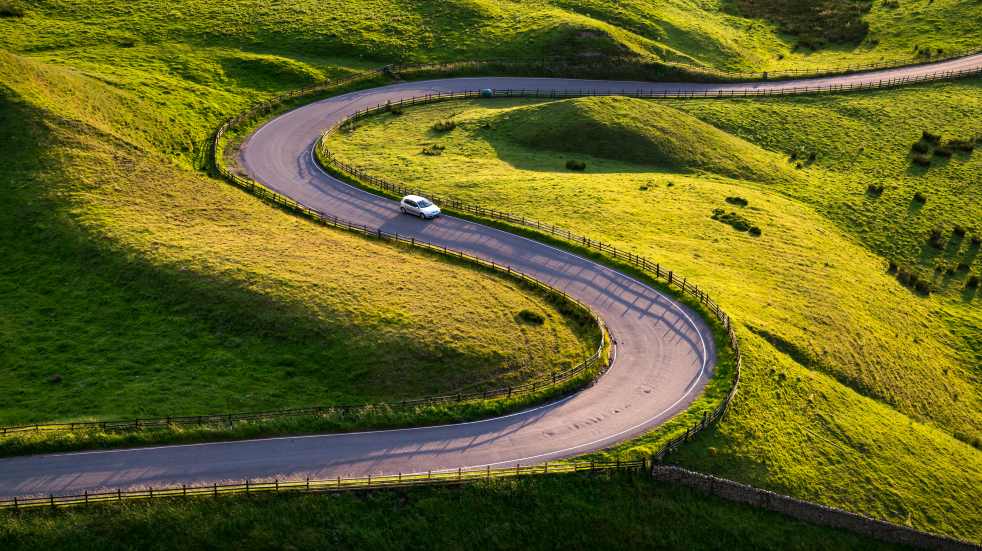
Many drivers swear by coasting (travelling either with the clutch pedal held down or with the car in neutral) as a means to save fuel, but this is a common misconception. In actual fact it’s more than likely hurting your fuel economy rather than helping it. When your car is coasting, the engine still needs a small quantity of petrol to run, this is referred to as "idling," and it occurs whenever your engine is running but the clutch is not engaged. Instead of coasting, continue to drive in gear while keeping your foot off the accelerator, electronic sensors in your car will immediately stop fueling the injector (in most modern cars). This means the engine can continue to operate without petrol since the wheels are still connected to it and will keep it turning (unlike when the clutch is depressed or in neutral). It’s also safer to drive in gear downhill giving you more control over the speed of your vehicle.
Be mindful of drag
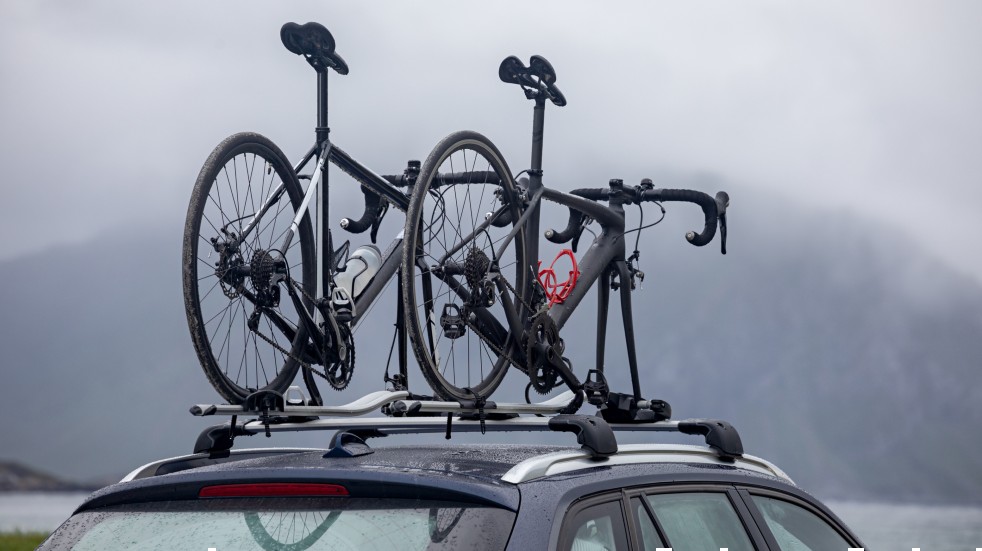
You might be surprised to learn just how much drag can impact the fuel economy of your vehicle. For example an empty roof rack adds 16% drag when driving at 75mph, and at the same speed a roof box adds 39%, making your vehicle far less efficient. Anything protruding from your car will interrupt the aerodynamics of its shape, forcing the engine to work harder. So, if you aren’t using them, ensure racks, boxes and bikes are stored somewhere other than the roof or rear of your car. Similarly, when driving at motorway speeds, the drag caused by having your windows open will (perhaps counterintuitively) cause you to burn more fuel than simply running the air conditioning on high.
Avoid traffic, hills and idling
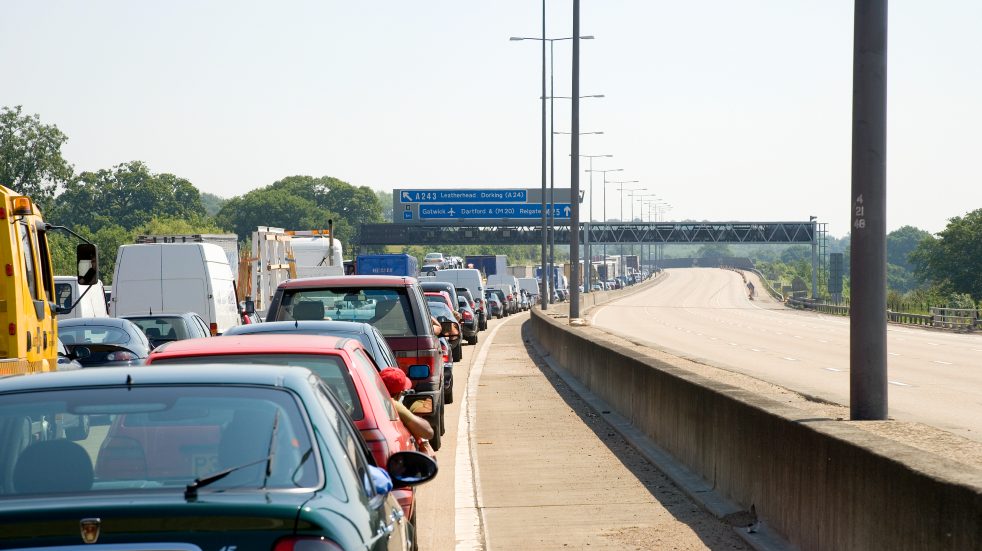
Stop-start traffic is the enemy of fuel economy, so consider your route before you travel. Most satellite navigation systems now utilise dynamic traffic information to help you to avoid the worst of it, but there’s still more you can do to help improve your mpg. Many navigation apps now offer an ‘eco’ route alongside the fastest one, which will aim to avoid more of the traffic, hills and other obstacles that might cause you to break and accelerate more frequently. This simple switch can have a surprisingly positive effect on your fuel economy (provided you aren’t in a hurry!). It’s also worthwhile trying to combine your journeys where possible, once an engine is warm, it will run much more efficiently than one started from cold, so try to do all your driving in one go instead of making multiple journeys throughout the day.
Check your tyre pressure
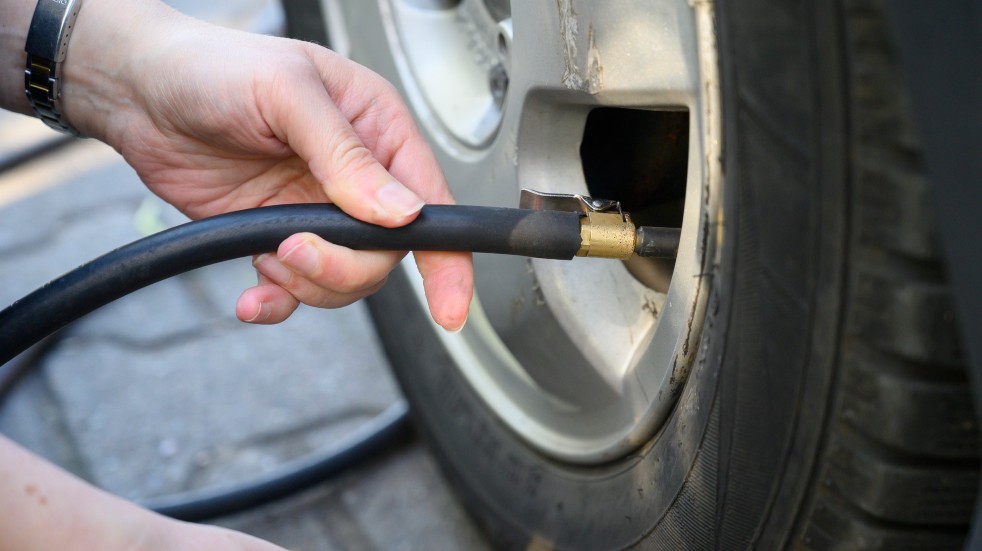
It's crucial to ensure that your tyres are filled to the proper pressure as is recommended in your car's handbook since both underinflated and overinflated tyres can have a significant negative impact on fuel efficiency. The optimum tyre pressures will vary based on the weight of your load, for example, if you are transporting four people and luggage you’ll need the maximum recommended tyre pressure for your vehicle. So before any long journeys it's worth doing a quick pressure test to ensure you’re not wasting fuel driving on under or over-inflated tyres.
Watch your speed

The fastest way to burn through a tank of petrol is to cruise on the motorway with your foot flat to the floor; you might reach your destination quicker, but you certainly won’t have done so efficiently. On average travelling above the national speed limit at 80mph instead of 70mph will use an extra 10 percent of fuel. As a general rule of thumb, cars are most efficient between 45 and 50 mph though this figure will vary depending on the make and model. Driving in the highest gear your car can manage while staying inside the speed limit is the key to achieving high mpg. Cars are generally at their most efficient between 1,500 and 2,500 rpm (1,300 to 2,000 rpm for diesel engines), so as soon as you reach the top end of that range, you should shift up to the next gear. Always keep in mind that the more revolutions an engine is making the more petrol it will need, keep your revs as low as possible and fewer trips to the pump will follow.
Do more with Boundless
To benefit from amazing offers, along with dozens of other deals on holidays, motoring services, experiences, shopping and more, join Boundless today. To find out how, visit our dedicated membership page.




